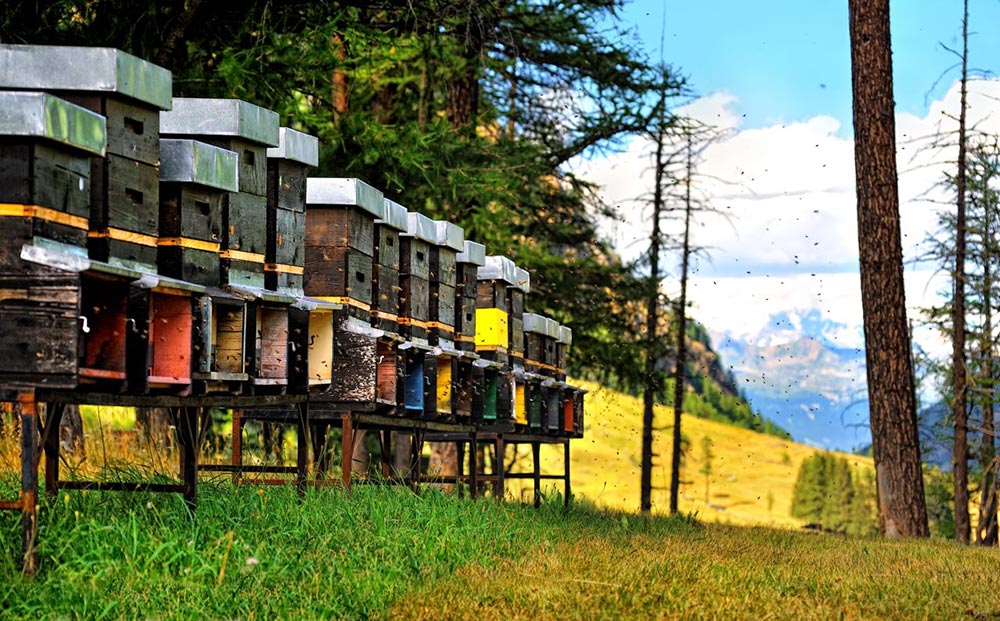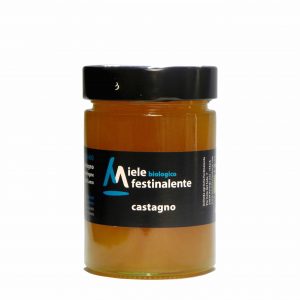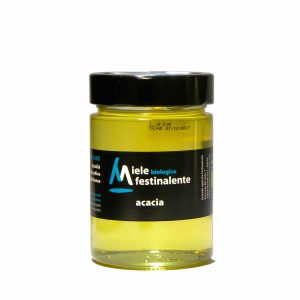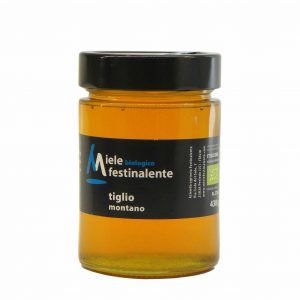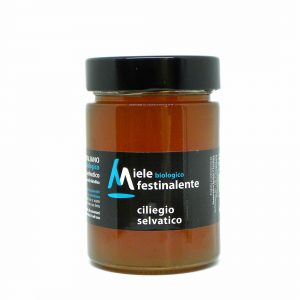Organic beekeeping: the rules and advantages
Many of you will already know how important bees are for the balance of the entire ecosystem due to the function they perform for pollination. Even the products of the beekeeper – live (bees) and not transformed (honey, pollens and propolis) – can be certified as organic products – and, as in all types of organic agriculture, the beekeeper must declare his activity to the relevant Authority, while the supervisory body appointed by the Ministry will carry out the necessary checks in order to certify observance of the rules which establish if the activity is actually organic.
In the case of organic beekeeping, there are certain fundamental criteria to be observed:
- the choice of bees (the breed and the colony they come from);
- the period of conversion of the hive from the conventional methods used previously, which must last for one year;
- substitution of the organic wax in the hive cavities;
- location of the hives (possibly organic crop-growing land, at a minimum distance of 3 km from highly urbanised areas);
- the choice of health treatments.
The ideal nest for organic beekeeping
In nature, bees choose various types of locations to make their home; the hollow of a rock or a tree, for example, provide them with shelter from bad weather. Beekeepers, on the other hand, prepare wooden crates called ‘hives’, composed of a nest of 8-10 cavities in which the bees reproduce and keep their stock of food. To construct the cavities, the beekeeper often places a sheet of beeswax inside a wooden frame, which the bees use to build the hexagonal cells on which they deposit the nectar produced after taking pollen from flowers. In organic beekeeping hives made from materials other than wood or painted using non-natural paints, cannot be used; also the wax in the frames must come from producers who are regularly checked so that its origin and traceability can be guaranteed during every phase of the wax production process.
Bees have a filter which catches microbes preventing contamination from certain bacteria, but due to its position, this filter can only filter the swallowed nectar and not the collected one. So when searching for the feeding site for bees that are kept organically, a careful analysis must be made of the production area and any sources of pollution. The location of the hives must be such that sources of nectar and pollens within a radius of 3 km are mainly composed of:
- organic crops;
- wild flowers;
- carefully treated crops with low environmental impact.
For protecting the frames, hives and cavities from parasites, only rodenticides (to be used only in traps) are allowed, while the use of synthetic chemical repellents during honey extraction, and for extraction, the use of cavities containing swarms, are banned. Trimming the wings of the queen bees is also considered a mutilation and for this reason is not allowed. When the production season comes to an end, sufficient stocks of honey and pollen must be left in the hives for the winter and only if weather conditions are bad is it allowed to feed the colonies of bees. Also, for renewing the hives, up to 10% of the queen bees and swarms can be substituted with non-organic elements. The relevant authority can authorise the following in exceptional circumstances:
- in the event of disasters that prevent the production of nectar or honeydew, feeding the bees with honey, sugar or organic sugar syrups;
- if there are any health problems or natural disasters that cause a high mortality among bees, reconstitution of the hives with non-organic bees.
Treatments allowed in organic beekeeping
One of the aims of the organic method is to have as few residues as possible which are dangerous for the health of the end product. But in beekeeping too, there is the risk of infestations, and particular attention must be paid to the Varroa destructor – the parasitic bee mite which causes the highest rate of mortality every year – against which, in organic beekeeping, oxalic acid, formic acid, lactic acid, acetic acid and essential oils such as menthol, thymol, eucalyptus and camphor can also be used. Constant monitoring of the infestation level means that immediate action can be taken. There are various methods for quantifying the presence of mites in the bee hive: counting the adult bees, controlling natural decrease through oxalic acid-based products, inspecting the male swarm. The products used to combat varroa in organic beekeeping create an unbalance among the families which subsequently requires work to equalise the nests without which many families would produce too little.
Veterinary medicines can be used in organic beekeeping only if authorised for the country in which the hive is found. If the preventive measures adopted are not enough, the sick colonies must be treated immediately and isolated. If allopathic products obtained by chemical synthesis are applied:
- the treated colonies must be isolated in another hive;
- the wax must be substituted with another wax coming from organic beekeeping;
- the colonies must then undergo a conversion period of one year.
If veterinary medicines are used, the following must also be recorded:
- the type of product used;
- the detailed diagnosis;
- dosage, method and duration of use;
- the period of suspension stipulated by law.
Sources:
- Rivista di agraria
http://www.rivistadiagraria.org/ - Bioapi
http://www.bioapi.it/ - Mieli d’Italia
http://www.mieliditalia.it/ - REGOLAMENTO (CE) N. 889/2008 DELLA COMMISSIONE del 5 settembre 2008


